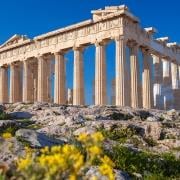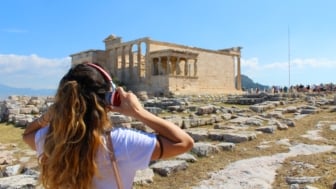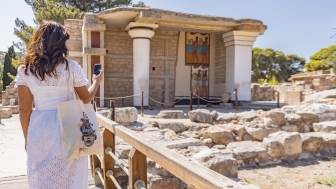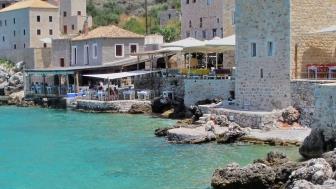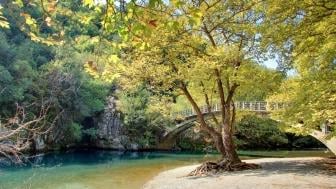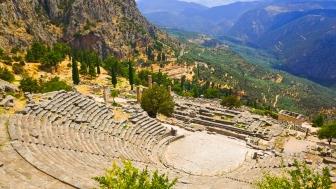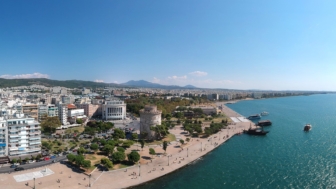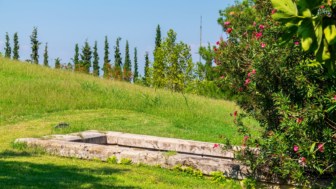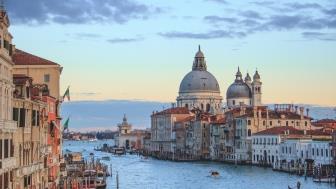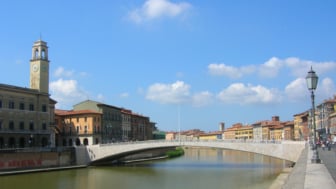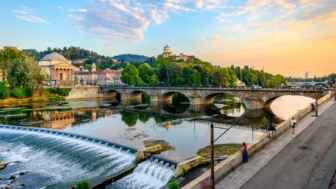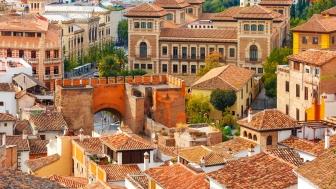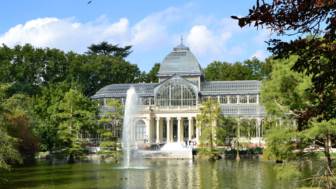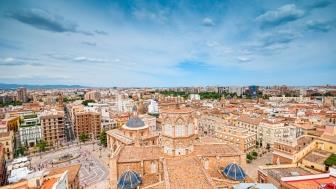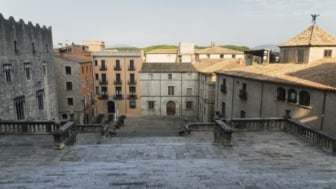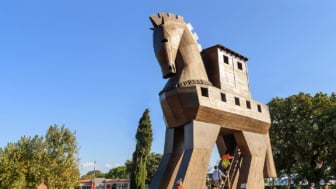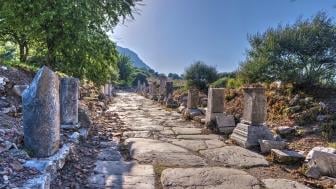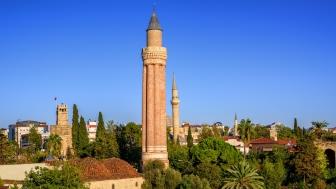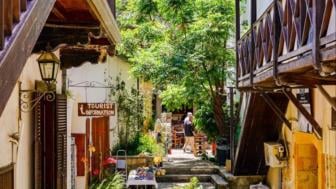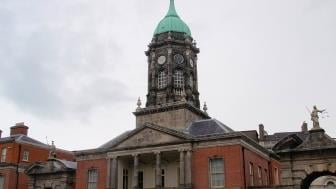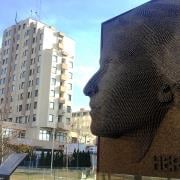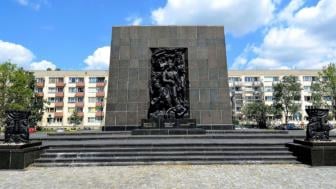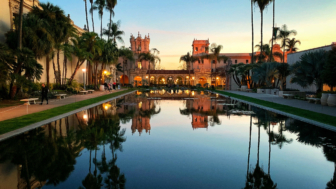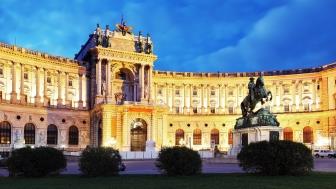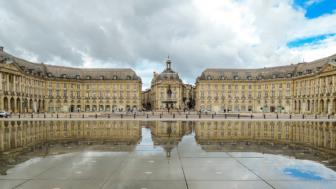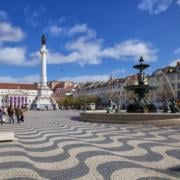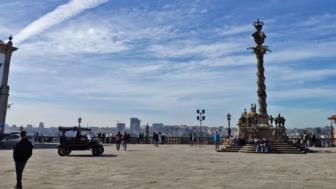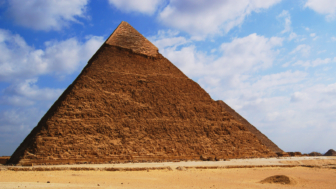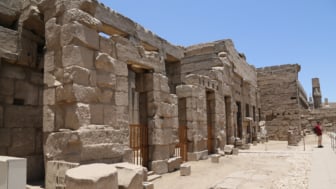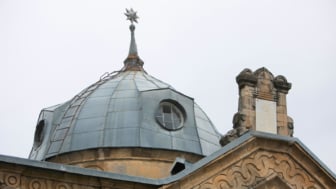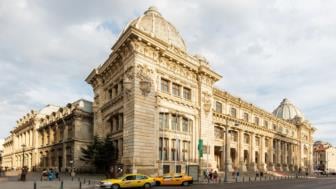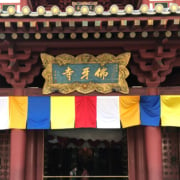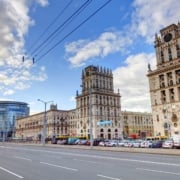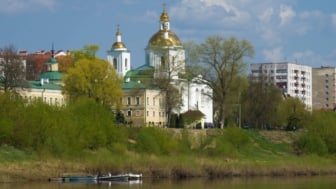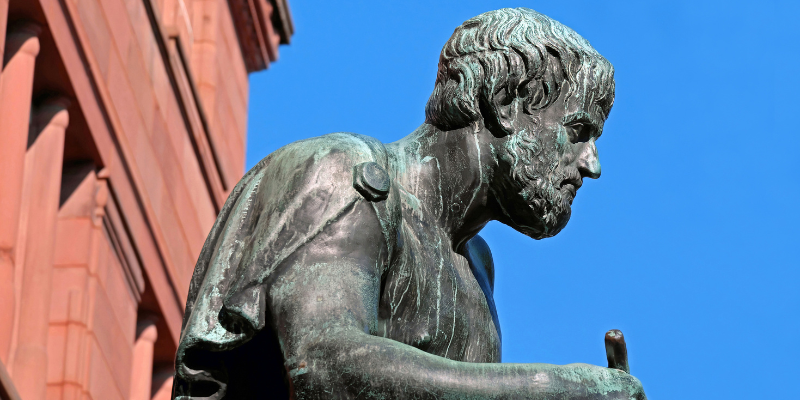My affection for serendipity began when John Cusack and Kate Beckinsale allowed fate to take charge of their lives in a movie whose actual storyline I no longer remember. However, the title (Serendipity) made an indelible impression, and the word keeps entering my life as a “little signal” occasionally.
Serendipity describes the phenomenon of unexpectedly discovering valuable or pleasant things. Someone leaves their house in the morning to work at a construction site and ends up unearthing buildings hallowed by one of the greatest ancient Greek philosophers. It may sound fanciful, but this is precisely what happened in 1996 as workers preparing the ground for the long-delayed Museum of Modern Art brought to light the remains of Aristotle’s Lyceum. It took archaeologists almost twenty years to excavate and examine the material remains.
Eventually, in 2014, the Athenians welcomed the newest addition to their arsenal of archaeological sites adorning their city. Located at a fair distance from Syntagma Square, the Lyceum of Aristotle is often described as a second-rate tourist attraction. Nothing could be further from the truth. In addition to being the place where Aristotle formulated many of his world-changing ideas, the Lyceum is an evocative, serene, and verdant oasis in the middle of an urban jungle.
The first thing that strikes visitors is the natural setting. Even after adding countless cubic millions of cement, the Lyceum preserves an aura of rural elegance that would have been very familiar to Aristotle and his students. When the great philosopher established his school, the Lyceum was an idyllic sanctuary on the shores of the Ilissus River (unfortunately, now buried beneath the modern city). The area was dedicated to Apollo Lykeios (the Wolf-slayer) and was far more extensive than the rump of greenery surviving today. There was ample space for shrines, forested corners, and drilling and marching grounds.
The Athenians were fond of the Lyceum. The young men were attracted by the athletic facilities maintained at public expense by municipal officials. The rudimentary running track (dromos) was gradually refined with walled gardens with multiple dromoi and palaestrae (wrestling facilities). In the fourth century BCE, the Athenians constructed hot baths and covered walkways (peripatoi) to make life more pleasant. Since ancient youth stripped naked to exercise, the Lyceum became irresistible to mature men eager to discuss abstract ideas in the presence of young Athenians. Even Socrates, the famous gadfly of 5th-century Athens, frequented the Lyceum’s undressing room to converse with whoever was willing to engage him.
Aristotle came to Athens in 334 BCE. The Lyceum’s central court and covered track decorated with allegorical scenes by the fifth-century painter Kleagoras had a grandeur that suited his needs. A story that may or may not be apocryphal claims that Aristotle taught his favourite students in the morning and lectured the general public later in the day. He was partial to lectures and formal instruction rather than informal discussion and drew his subjects from whatever research interests occupied his prodigious mind at any given time. Much like a modern university, there was a syllabus but no fees or degrees (no scholarships, so if you were an “international” student, you needed lots of money to live in the city).
Aristotle was inquisitive and determined to understand everything under the sun. When the public facilities proved insufficient, he secured funding to construct a library and a museum (Aristotle began a fine zoological collection with specimens sent to him by Alexander the Great from Asia). He spent countless hours scribbling his thoughts and observations on physics, biology, politics, theatre, rhetoric, ethics, logic, meteorology, zoology, music, and geology. A library containing only his works would require the owner to provide space for hundreds of papyrus scrolls containing 156 titles attributed to Aristotle.
Time is a cruel mistress, and, at this point, our story becomes a dirge. Very little survives of Aristotle’s Lyceum. The facilities he frequented have not been found. Perhaps they are still buried beneath the surrounding city blocks. The undressing room where Socrates met his friends Hippothales and Ktesippos is gone. The temples, the zoo, and the library have vanished. Archaeologists have brought to light the foundations of the palaestra (a space where men and boys trained for contact sports), a 4th-century BCE well, and an impressive cistern (added in the first century CE) for the convenience of the athletes who wished to wash off the dirt after exercising.
Slim pickings, you might think. But if a piece of coal raised from the bottom of the frigid Atlantic can evoke the splendour of Titanic, a corner of the illustrious Lyceum can also conjure the brilliant mind of Aristotle and allow us to treas on his footsteps. He revolutionized scientific research, emphasizing deductive reasoning to solve seemingly intractable problems.
The Lyceum is the best-preserved ancient Athenian gymnasium; ignore the absence of walls and broken columns (the usual attributes of an archaeological site) and bring with you Plato’s “Lysis” and “Euthydemus”, two dialogues where Socrates assumed his favourite role as a gadfly and came to the Lyceum to sting people and whip them into a fury in the service of truth. Find a comfortable spot beneath a tree, open the book, and travel back in time to where the foundations of Western thought and science were laid by a group of people who never seemed too tired to explore the unfamiliar.


